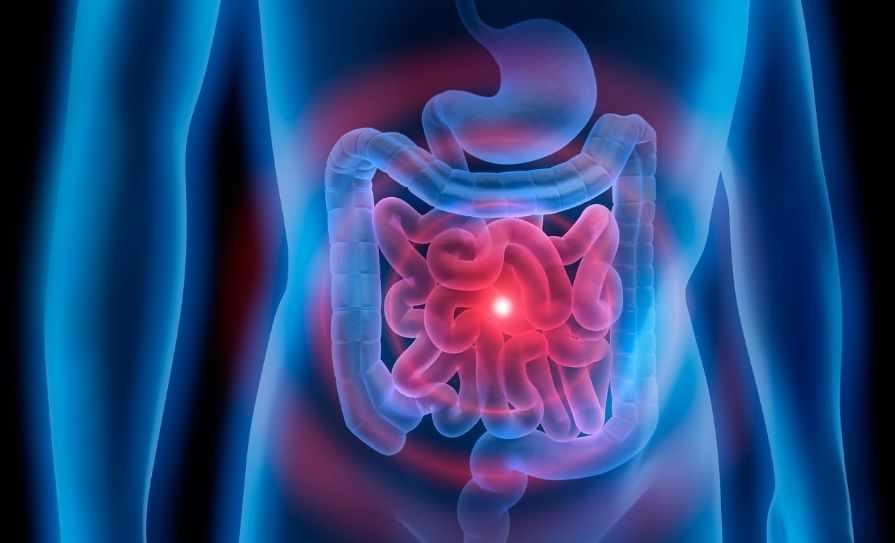May marks World IBD Day 2025, where healthcare professionals and patients unite to educate and inform on irritable bowel disease
Each year, 19 May marks World IBD Day 2025, which will see a number of international initiatives to recognise the challenges and opportunities in treating irritable bowel disease (IBD), including Crohn’s disease (CD) and ulcerative colitis (UC). Each year, the event sees organisations and individuals across the world help to break the taboos and stigma around IBD, in particular the difficulty many patients have in discussing their bowel movements. The European Federation of Crohn’s and Ulcerative Colitis Associations (EFCCA) is an umbrella group that comprises IBD advocacy associations throughout Europe. The EFCCA engages with other organisations and policy-makers in an effort to challenge societal norms and taboos around bowel health, and IBD in particular. The group says it aims to normalise conversations about IBD, making it easier for people to talk openly about their experiences and dispelling stigma.
This openness is designed to positively influence clinical practice to foster better care for IBD patients everywhere, and foster early diagnosis where appropriate.
Pharmacists
Pharmacists are on the front line when it comes to recognising the early symptoms of IBD. As the symptoms can often mimic irritable bowel syndrome
(IBS), there is potential for IBD to be missed in its early stages. This is often compounded by patients receiving confusing and sometimes conflicting information from Internet searches.
Pharmacists can help educate patients and open the dialogue that is promoted by the EFCCA and similar organisations. Pharmacists are also an important link in the IBD care ‘chain’, as they can refer patients to their GP for further investigation if IBD is suspected.
Therefore, correctly distinguishing IBD from IBS or other gastroenterological symptoms is important to positively affect patient outcomes.
True diagnosis can be confirmed by medical tests, but generally speaking, the Crohn’s and Colitis Foundation says the following helps to differentiate the two conditions.
IBS features
- Chronic and persistent abdominal pain.
- Constipation alternating with diarrhoea.
- Mucus in the stool.
- Gassiness.
- Abdominal bloating, or the sensation of feeling full.
- Abdominal distention, or swelling.
- The urge to move your bowels without being able to have a bowel movement.
- Nausea.
IBD features
Crohn’s and Colitis Ireland outlines the main symptoms of IBD, which are listed below. The most predominant overlapping symptom with IBD and IBS is diarrhoea and loose stools. The symptoms and disease severity vary from person-to-person, the location of the disease, and the individual’s response to the disease. However, the symptoms can be broadly listed as:
- Fever (sometimes in the form of night sweats).
- Fatigue, tiredness.
- Anaemia (low blood count).
- Nausea, vomiting.
- Cramps, abdominal pain.
- Fistulae, particularly perianal fistulae (connections or short cuts between the bowel and the skin or the bowel and other organs).
- Skin tags.
- Weight loss.
- Mouth ulcers.
- Deep ulcers in the bowel or stomach.
- Growth can be affected with children. IBD is classified as a disease, rather than a syndrome (collection of symptoms). It causes permanent harm to the intestines and destructive inflammation, and results in an increased risk of colon cancer.
IBD also presents financial challenges, not only for the State, but also for the individual
Colitis
Again, there are overlapping symptoms between CD and UC, but the symptoms of UC can be broadly listed as:
- Diarrhoea/loose stools often with mucus containing blood.
- Feeling of being unable to completely empty the bowel.
- Bleeding from the bottom.
- Fatigue/tiredness.
- Anaemia (low blood count).
- Cramps, abdominal pain.
- Fever occurs in severe cases.
- Weight loss is less common than in Crohn’s disease.
Ultimately, UC can lead to strictures, perforations and fistulae and other complications both inside and outside the gut. External complications
are less common but can include inflammation of the large and small joints of the arms, legs, pelvis and spine. Skin can become painful, especially on the shins, and eyes can become gritty or watery, which can raise suspicion if a patient is seeking OTC eye treatments as well as something for stomach complaints.
UC can also cause liver abnormalities due to involvement of the cells (chronic active hepatitis)
or bile ducts (primary sclerosing cholangitis). The condition can also debilitate a person’s quality of life by inducing anaemia in some cases.
Financial impact
IBD also presents financial challenges, not only for the State, but also for the individual. The organisation Crohn’s and Colitis Ireland has recently been compiling data from new research that looks into the cost of IBD, and the release of those figures is expected. However, a 2024 survey showed that 62 per cent of respondents revealed that IBD is a significant financial burden.
Crohn’s and Colitis Ireland hopes the results from the survey will help them to strengthen their advocacy for IBD sufferers and the organisation will present a report to the Department of Health and Finance, urging them to recognise IBD as a long-term illness and to provide better financial support for those suffering with the condition.
It is estimated that there are approximately 40,000 people in Ireland currently diagnosed with IBD. Early diagnosis and treatment are vital to improve outcomes and this year, more than ever, it is important for pharmacists to collaborate with other healthcare professionals in recognising this debilitating disease early and putting patients on the right treatment pathway.







